Explore sample project
In this tutorial, you will open a sample project and explore it.
Now, when you instlled the CAT Studio, you can explore a sample project.
If the CAT Studio is not running, start it from your Start menu.
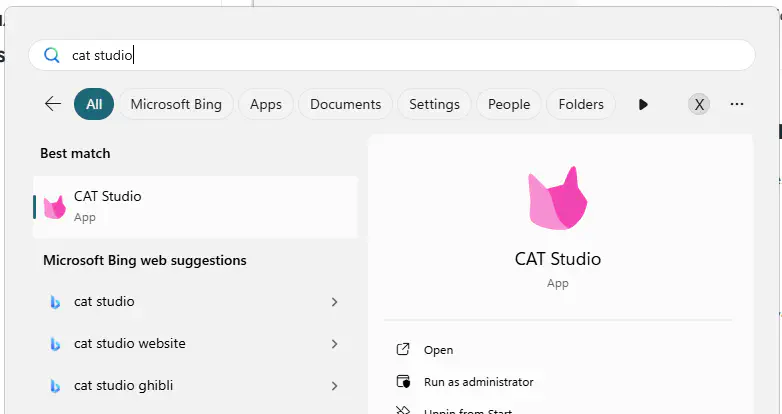
Download and Open Sample CAT Project
Create a folder anywhere on your file-system. Download these two files and save them to the folder.
Start the CAT Studio, go to project page and click “Open Existing Project”. Navigate to the provided .cat.yaml file and open it.

What Are We Testing?
In this example we will be testing data in one MS Excel file. It is a budget (under construction) of a fictious airport operator.
The file contains “main” sheet:

For each row, there is a separate sheet with detailed data. We’ll be checking for unexpected data, missing data, inconsistencies etc.
Explore the Project Page
Explore the Project page. Get a brief high-level overview about the project here. You have 22 tests, most of them in Validty and Consistency test suites. You are testing only one data source in this project.
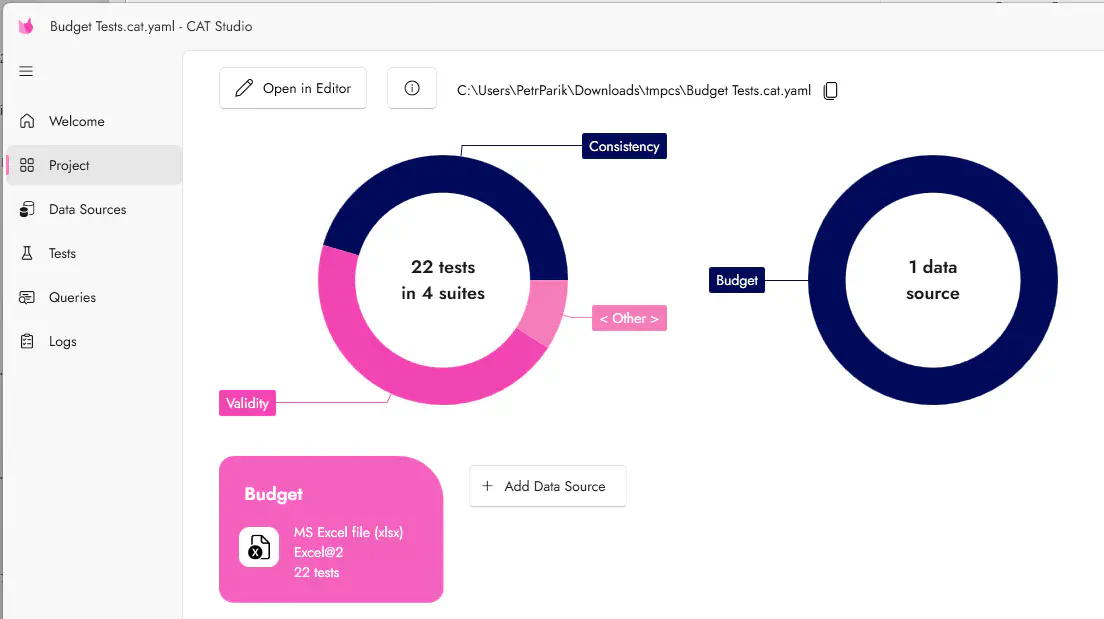
Explore and Run Tests
Go to Tests page. Explore the test in the grid. When you select a test in the grid, details of the tests are show in the right part of the screen.
Now, try to run all tests.
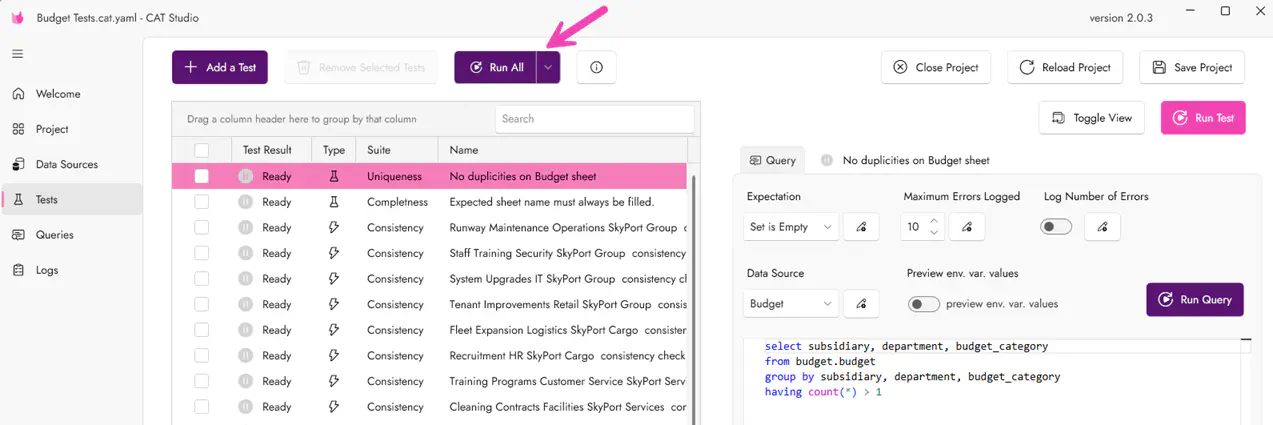
There are three failed tests. Let’s explore them. Click the first one. In detail, you should see the test is comparing budget amount from the “main” sheet with the sum of budget amount column on the respective sheet. The sums do not match. You can verify that by runing the queries:
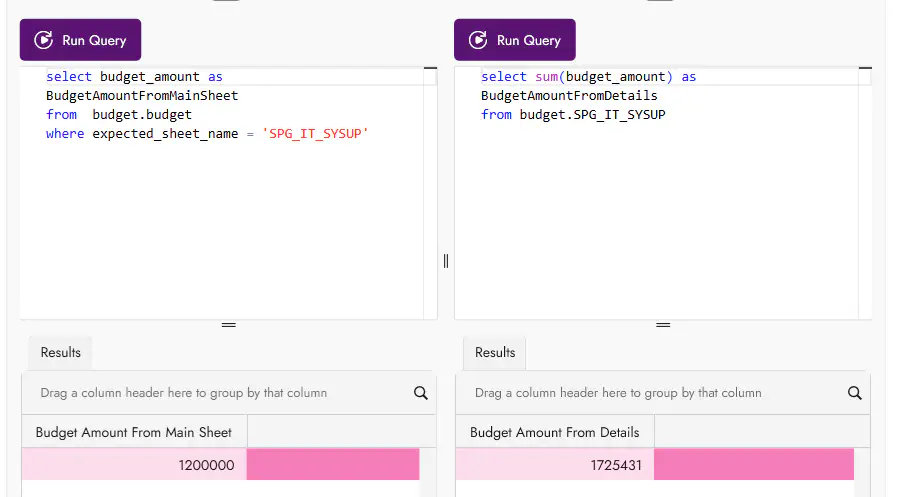
Switch to the other tab. Click on the expander containing information about the test, it will collapse and you gain more spaice for exploring the result of the test:
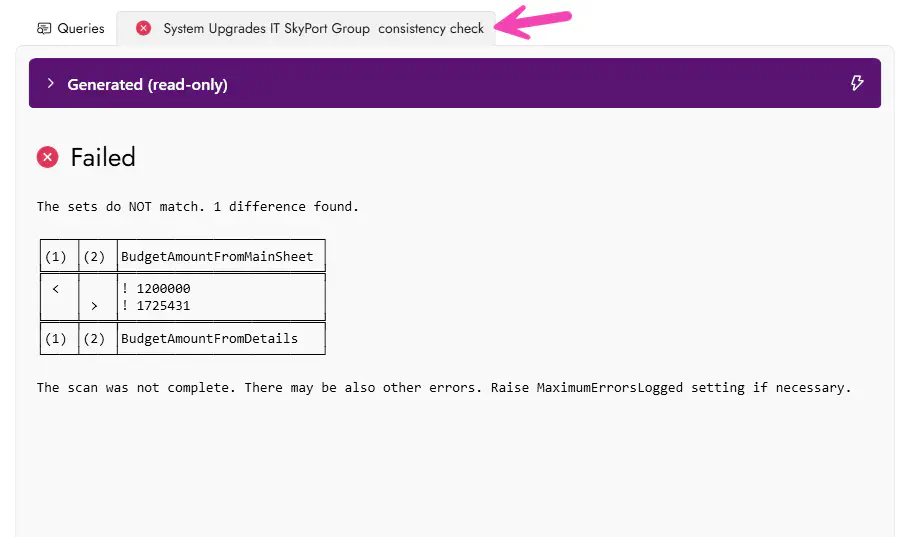
Test / Fix / Break the Data
Now, try to fix the error. From the folder you created, open the MS Excel file with the budget data (be sure you are wokring with the .xlsx file next to your .cat.yaml file). Adjust either the row on the main sheet or the details, so that they match. Run the tests again. If you did it correctly, you should have one less failing test - the “System Upgrades IT SkyPort Group consistency check” test should “be green” now.
Try to check the other failing tests. From names, descriptions and queries it should be easy to find out what the tests are good for.
Take your time to explore. See various tests, their queries, their expectations, their details, their results.
Try to “break” some green tests - check what they test, introduce bug in the data and rerun the tests.
Summary and What Next
You now have CAT studio installed. You created a sample project and are able to explore the tests it contains and details of a failed test. We did not explain much what the tests are actually about - we leave that to you as a home-work :-).
But there is one much more important thing:
Think about what everything can go wrong with your data. Did the yesterday’s pipeline run actually add any new data? Are there no new rows in your error-log table? Are all input files processed? Is your new Power BI meassure correct? CAT can automate these checks for you - you will have all your answers at hand any time with a single click of a button. Again and again.
The next step is: think of only one thing you’d like to check in your data.
Automate YOUR first test!